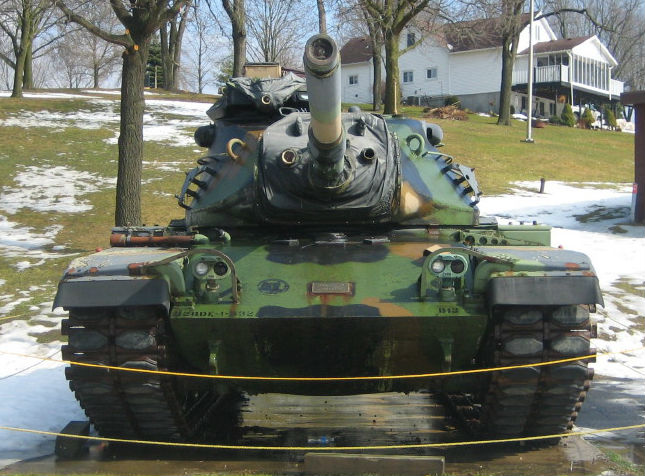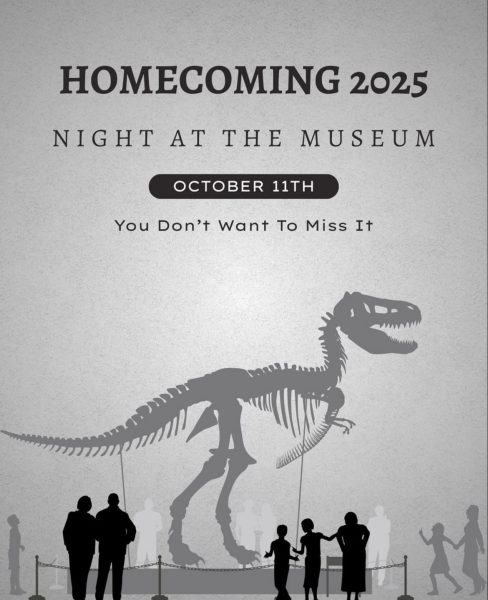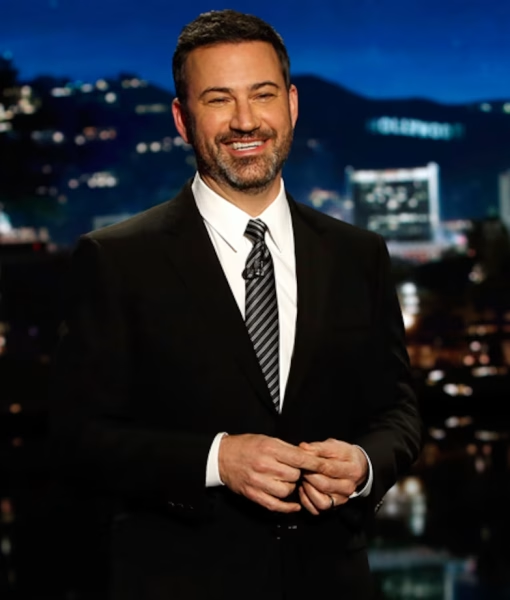U.S Army Tanks Return to Europe as NATO
In Eygelshoven, Netherlands, the U.S. and its NATO allies are taking no chances as it pays attention to a buildup of military force on Europe’s eastern frontier with Russia. On December 15th, three years after the last American tank left Europe, they are being brought back as part of commitment to deterrence.
General Frederick Hodges, who is commander of the U.S. Army in Europe, welcomed a batch of support vehicles and tanks to a depot in the Netherlands.
Russian President, Vladimir Putin, has stated repeatedly that they will never attack a member state to NATO. But after reducing America’s military presence in Europe after the end of the Cold War, military officials are now putting structures back into place, where U.S. troops can rapidly deploy in case of crisis.
Arrowhead junior Hayden Henning says he could relate to this issue because of Arrowhead’s Global Relations class.
“Looking at intergovernmental groups, especially one like NATO, it’d be a big mistake to start a conflict with allies,” Henning said.
A NATO study concluded that Russia’s military would be able to overrun NATO defenses and reach Baltic capitals including Tallinn, Estonia; and Riga, Latvia; all within about 60 hours.
With the new threat from the East, U.S. and NATO officials are trying to send a clear message with an increased military presence, especially on NATO’s eastern borders.
In the article “U.S. Army Returns Tanks to Europe as NATO Eyes Assertive Russia” by Andy Eckhardt and Carlos Angerer of NBC News, General Tom Middendrop, the Dutch chief of defense, comments about these actions as being just for precaution.
“‘We don’t want to risk escalation, but send a message of our commitment,’” Gen. Middendrop stated.
In January, the U.S. Army will deploy a total of 4,000 American troops and 2,000 military vehicles on a rotational basis to Poland, Romania, Bulgaria and the Baltic nations located in eastern Europe.
The U.S. Army plans to conduct more than 90 maneuvers with NATO allies and European partners next year. To minimize that reaction time in case a crisis were to occur, a U.S. led battalion will be stationed in Poland as well.
Despite efforts, many countries speculate what will happen during the Donald Trump presidency. During the election campaign, the president-elect suggested he might not come to the aid of NATO allies if they were attacked.
Arrowhead senior and Trump supporter Andrew Hanson says he had a strong opinion of the presidential situation and situation with Russia.
“Putin and Trump are best buds,” Hanson said. “Once Trump takes office, NATO shouldn’t have anything to worry about Russia.”
Gen. Hodges made clear with the same NBC news source that the arrival of combat vehicles should reassure allies.
“‘It is in our economic interest that Europe is safe, secure, stable,’” Hodges said.






